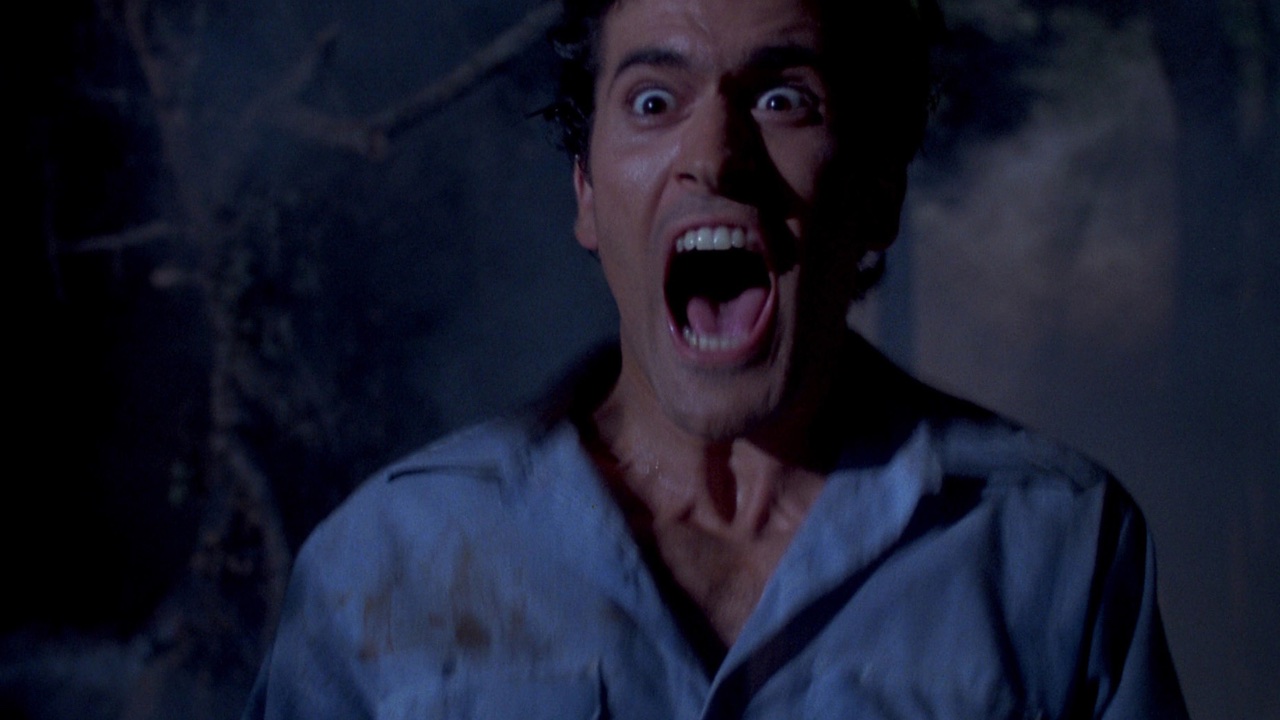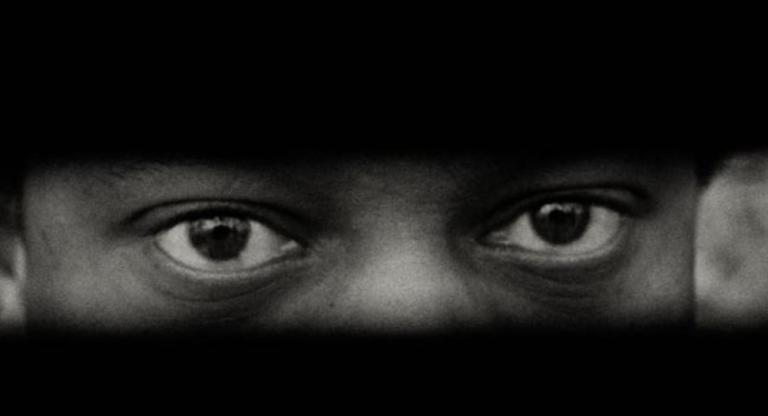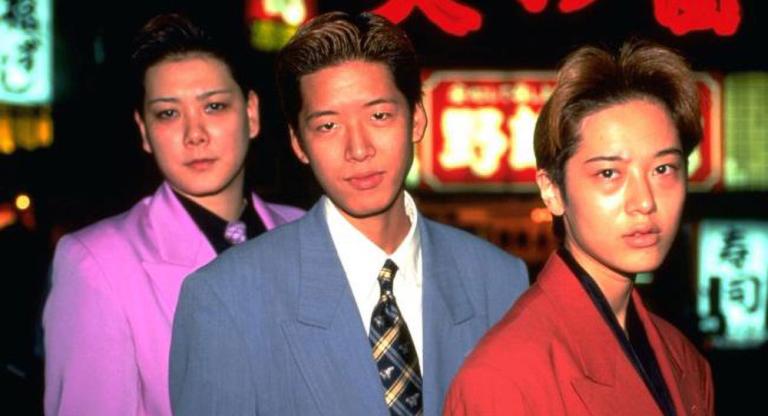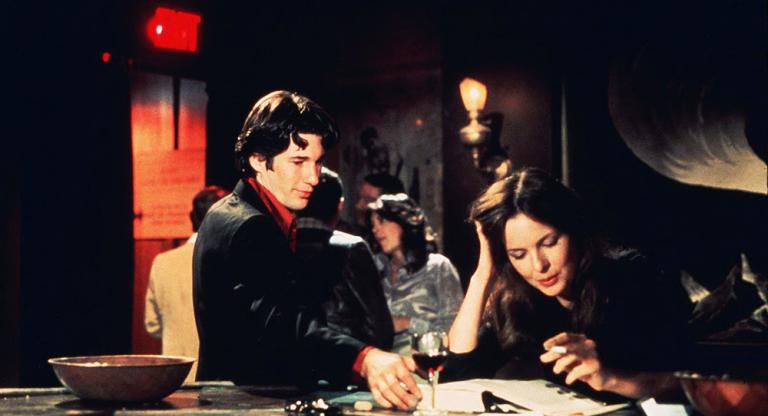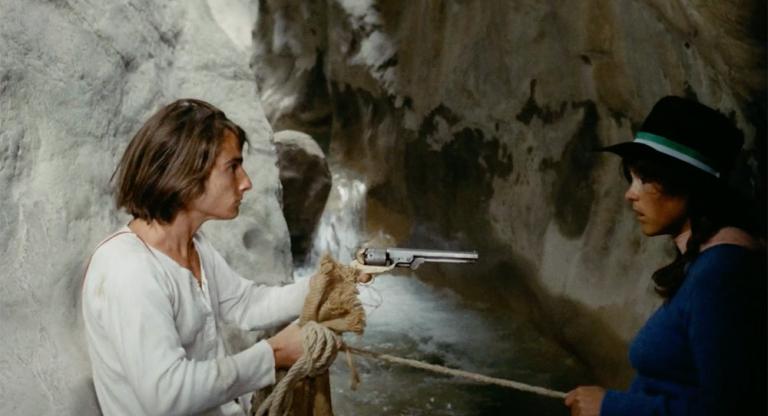When Sam Raimi’s The Evil Dead was unleashed upon moviegoers in 1981, its marketing campaign made bold promises to hardened horror veterans. New Line Cinema, no stranger to controversy after having released the X-rated films of John Waters the previous decade, opted to release the film unrated. “The producers recommend that no one under 17 be allowed to see The Evil Dead,” read the disclaimer on the film’s theatrical one sheet, which also contained a quote from horror luminary Stephen King calling Raimi’s film, “the most ferociously original horror film of the year.” It was only one positive review in a sea of many. Raimi’s film made back more than four times its budget at the box office and became a staple of the then-burgeoning video market despite, or perhaps propelled by, being labeled a “video nasty” in the UK for its copious gore. The Evil Dead has been marketed as “the ultimate experience in grueling terror,” it has been censored in numerous countries around the world, and its horror has remained so potent that even in 1994 its video release received an NC-17 rating from the MPAA. The only way to follow up such a harrowing film was obvious for Sam Raimi: make it a comedy.
Unlike its predecessor, Evil Dead II (1987) was not a low budget affair. The film’s price tag exceeded ten times what Raimi spent on The Evil Dead. Although it was titled and marketed as a direct sequel, Raimi’s follow-up feels decidedly more like a remake. The location (a small cabin in the woods) remains the same, as does the premise (a group of dimwitted friends unleash evil) but its tone is altogether different, as is its flair for effects heavy set-pieces that take advantage of its liberal budget. The Evil Dead was an uncompromising display of violent horror targeted squarely at jaded genre fans looking for a challenge. Evil Dead II, on the other hand, matches the still-plenty gruesome violence (it was also issued an X-rating before it was released unrated) with a heaping dose of madcap slapstick comedy. The Three Stooges feels like an obvious inspiration, as does the physically deft theatrics of silent comedy icons Buster Keaton and Harold Lloyd, particularly for star Bruce Campbell’s delirious, body-contorting performance.
Evil Dead II–both a great horror film and a great comedy–set the stage for where Raimi would go next. Its inspired amalgamation of genres and visual effects is especially apparent throughout Raimi’s body of work in the ‘90s, most notably the stylish superhero film Darkman (1990), the medieval Evil Dead II sequel Army of Darkness (1992), and the darkly hilarious yet excessively violent revisionist western The Quick and the Dead (1995). Aside from the dreary baseball drama For Love of the Game (1999), Raimi has established a body of genre films that simultaneously flirt with the serious and the comic in the years since Evil Dead II. Though there has yet to be another Raimi-helmed Evil Dead entry since Army of Darkness, he did release the spiritual successor Drag Me to Hell (2009), which is as close as any film has come to matching the relentless mash-up of comedy and horror that Raimi so deftly weaved in Evil Dead II. It lacked the gruesome violence in favor of a more marketable PG-13 rating, but the eccentric spirit remained intact. If Evil Dead II has any firm legacy to leave behind, it is its inability to be equalled, even by the very filmmaker who made it.
Evil Dead II screens Tuesday, February 13, at the Drafthouse New Mission on 35mm as part of the series “Terror Tuesday.”
